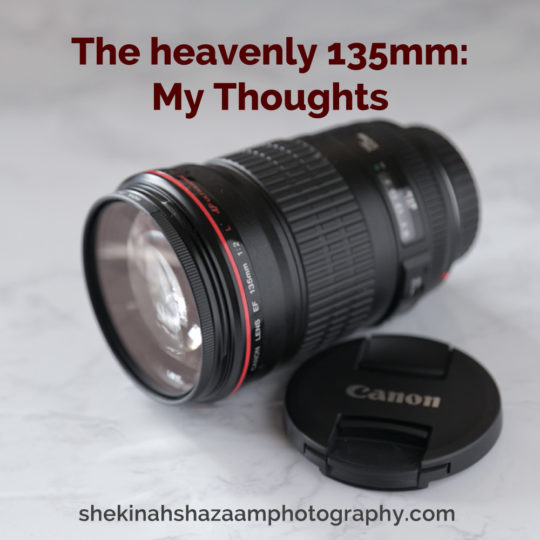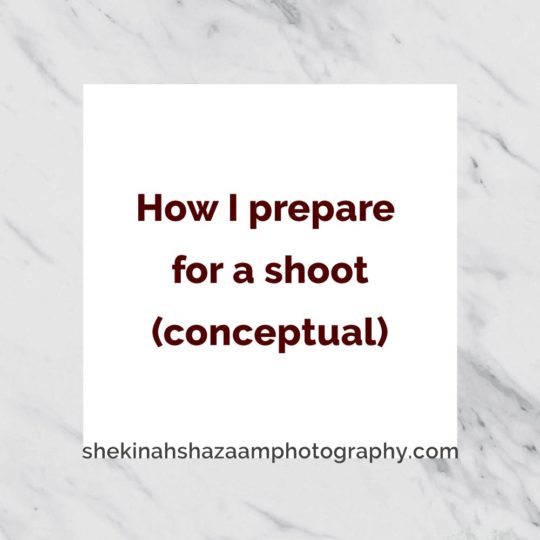
Flash* seems to be the most difficult & most avoided type of lighting for beginners. Though I am not an expert in regards to this type of lighting, I have learned some ways to use it to my advantage over the years. I hope I can help ease any worries and reveal that it’s actually not scary at all and a very useful tool to use. So let’s look at some pros & cons of using flash and then specific tips.
*Note I am referring to external flashes, not the popup flash on many cameras.
PROS
Affordable
I’ve seen flash heads for as low as $20 on Amazon, so depending on your budget, you’re more than likely to find one to pick up.
Portable
Since they run on battery, you won’t have any cords or bulbs to worry about. Just bring extra batteries just in case and you’re set! Because they’re so small, they fit easily in camera bags and can be set up fairly quickly at the shoot.
Versatile
You can attach them to your camera body (pointing the light up or sideways), you can put them on light stands and spread them out, or you can even put them on tables with the little feet stand they come with and adjust them accordingly. Flash can also be used as a main light, a fill light, or even a defining rim light depending on your set up and what you want to achieve.
CONS
Bright
This is a pro when you’re in complete darkness, but I’ve found it to be bothering in a relatively well-lit room or outdoors. In those instances I want just a little bit of extra light to help define the subject, but sometimes the flash just is too strong.
Direct
Meaning there is essentially a beam of light hitting your subject only as big as the flash head itself. If you aren’t one to bounce or diffuse the light, you will still wind up with harsh shadows on your subject especially if you point the flash directly at them.
Varying Types/Uses
If you don’t read what type of flash you’re ordering, you may wind up buying the wrong kind. There are the types of flash that communicate directly with your camera, some that communicate with each other, and ones that can only communicate with a transmitter. Make sure to read the reviews/questions answered section before ordering your flash to ensure you buy the right kind.
TIPS
Always have more than 1.
You can put one on your camera to communicate with the other or put both on stands and use a transmitter to communicate with them. Or if one happens to die and you don’t have time to go buy more batteries, you’ll have a backup.
Point the head up.
This is especially helpful for taking portraits indoors. Typically ceilings are white or cream and will help the direct light bounce in all directions.
Try to set it at the lowest acceptable level.
To ensure that the flash isn’t too bright, open up your aperture, slow down your shutter speed, or up you ISO like you normally would, then add in flash to help. Because it is naturally so bright, you probably won’t need a crazy amount.
Pair with a reflector or diffusion dish.
If you still find the flash too bright for your means, you can always use another prop to help diffuse the light. If you point your flash head at a reflector, some of the light will bounce off of it and spread out. If you point it at a diffusion disk, the light will go through the fabric and soften.
Experiment.
Whether through DIY diffusion tools or just with the different settings on your camera, this is easiest way to get a feel for your scene and find out what you need the flash to do.
Ask a friend for help.
Sometimes it’s hard to read directions online and hands-on experience is more helpful, so try asking one of your photographer friends for a few pointers. They’ll most likely be glad to help, and this gives you a chance to see them work and have a one-on-one lesson at the same time.
Those are the main tips I can offer at this time. Hopefully these can help you overcome your fear of flash!
May the light be with you.





Sorry, the comment form is closed at this time.